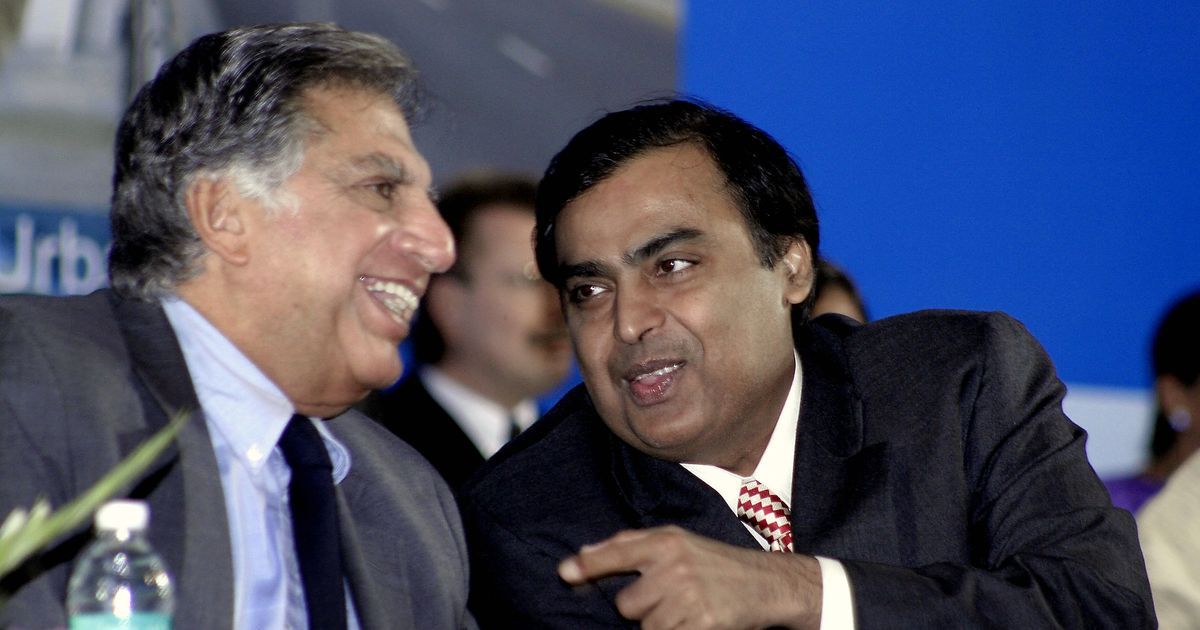The survey points to a widening gap across the world.

Fifty-seven billionaires in India possess as much wealth as the poorest 70% of the country, according to a report on global inequality released on Monday by Oxfam, an international confederation of 18 non-governmental organisations.
By comparison, eight men across the world are as wealthy as the poorest 50% of the global population, the report said. A mere 500 people will bequeath wealth worth $2.1 trillion – more than the current gross domestic product of India – to their heirs over the next 20 years.
Drawing from news reports and its own studies, the Oxfam paper points to growing gaps in income inequality across the world. In India, for instance, the chief executive officer of a leading information technology company earns 416 times more than the firm’s average employee. This is reflected in India’s wealth distribution. The richest 10% in India own 80% of its wealth, while the richest 1% possess 58% of all wealth.

Note: Percentages in the first decile are negative because they represent negative wealth, that is debt. This amounts to -$21 billion, or -0.68% of India's wealth.
Even income growth has been uneven over the years. Between 1988 and 2011, incomes of the poorest 10% of Indians rose by $29, or around Rs 2,000, at an increase of 1% each year. For the richest 10% in the same period, incomes increased by almost Rs 40,000, with an annual increase of 25%.

Oxfam lists several reasons for this inequality, including crony capitalism and corporations that squeeze employees at lower rungs to maximise salaries and dividends for high-level executives and shareholders. This gets exacerbated in the current economic framework, Oxfam argues, since the surest way to grow wealth is to possess it. Those who are most rich can afford the best investment advice. Despite this growth of wealth, governments across the world lose taxes and valuable income with the super-rich depositing their wealth in tax havens abroad and manipulating political systems to do so without repercussion.
Oxfam’s report comes a week after HSBC released a study on social sector spending in India on January 10. The report, timed between demonetisation and the budget, notes that India’s expenditure on social sectors such as health and education is far lower than global and emerging market standards. However, this expenditure has far greater impact on growth than capital expenditure on infrastructure.

In this chart, EM stands for 'emerging markets'. Source: World Development Indicators, HSBC.

In this chart, EM stands for 'emerging markets'. Source: World Development Indicators, HSBC
Governments tend to ignore such expenditure, the report argues, because their political terms last five years, whereas it takes around six years for the clear benefits of social expenditure to show.

In this chart, EM stands for 'emerging markets'. Source: HSBC estimates
Courtesy: Scroll.in
